Basic Quilting: How to Choose Batting – Quilting Daily
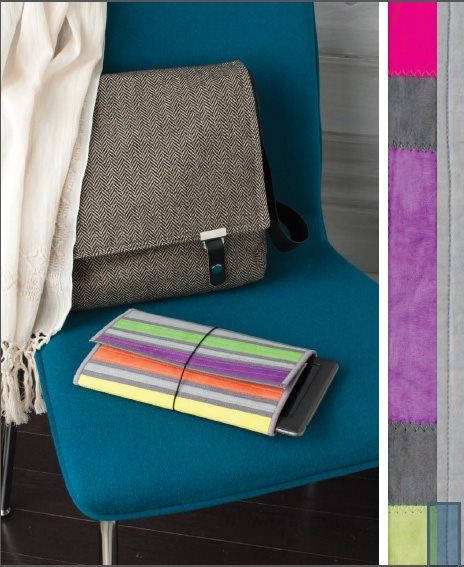
When you learn to quilt, the first lesson is that a quilt is made up of three elements: the top, the batting, and the backing fabric. Together they are known as a quilt sandwich.
| In this eFolio project from Colorful Fabric Collage, Sue Bleiweiss used wool felt and interfacing as the batting. |
Now, when making an edible sandwich, most people focus on what goes in the middle. But beginning quilters usually pay more attention to the top and backing-the pretty parts–and choose the filling as an afterthought.
What they (and even some more experienced quilters) often don’t realize is that batting comes in many materials, weights, and thicknesses that may all affect the look and durability of the quilt
“Choosing the right quilt batting depends on the materials you prefer, the feel you want your quilt to have, and what your budget will allow. Each type has pros and cons to consider,” writes award-winning quilter Sue Bleiweiss in her new book, Colorful Fabric Collage.
Here is an excerpt of Sue’s advice that can help you choose the best filling for your next quilt.
Synthetic polyester battings are inexpensive, and they are generally lighter in weight than cotton or wool. The resulting quilt won’t have much drape. However, polyester battings have a tendency to beard; fibers from the batting work their way through to the surface of the quilt. They’re also not a good choice for projects such as hot plate mats or quilted potholders that will be exposed to heat.
Batting made from 100 percent cotton creates a warm quilt with nice drape. It is not prone to bearding. However, it may shrink anywhere from three to five percent, which can create an undesirable puckered effect in your washed quilt.
Wool batting is lightweight, soft, and also has a nice drape. But it can be costly and, as with all wool products, it can attract moths.
Using a blend typically gives you a combination of the pros and cons of each fiber, and the batts are usually less expensive than using a 100 percent natural fiber batting.
For art quilts that hang on a wall, wool or wool-blend felt works well for the middle layer. You can fuse fabric onto it with fusible web and a dry iron and it’s easy to stitch.
When you want to add stiffness to certain craft projects, such as journals or tote bags, consider combining quilt batting or wool felt with a layer of stiff interfacing. These interfacings add stability and strength.
To get a good feel for the differences, make up some practice sandwiches with different kinds of batting and stitch them up. Either purchase small samples or trade batting scraps with friends. You may develop a taste for a new sandwich filling!
Sue uses wool felt in the quilts, home décor, and personal accessory projects in Colorful Fabric Collage. Learn her techniques for dyeing, fusing, and stitching, then adapt them to create your own colorful designs.

P.S. Do you have a favorite batting? Leave a comment below.
-
Colorful Fabric Collage eBook
Let Sue Bleiweiss teach you to design, fuse, and quilt 14 projects you can easily personalize. …


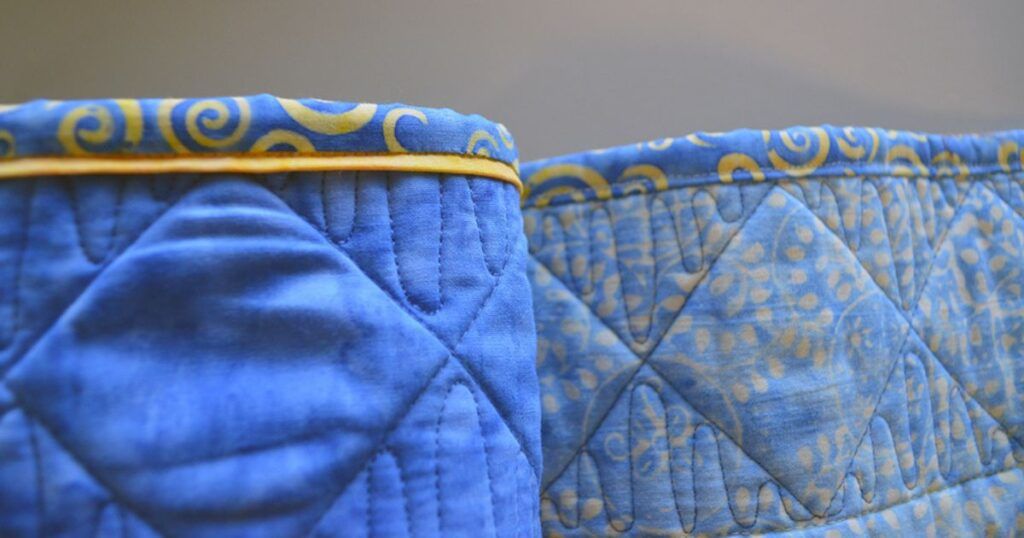
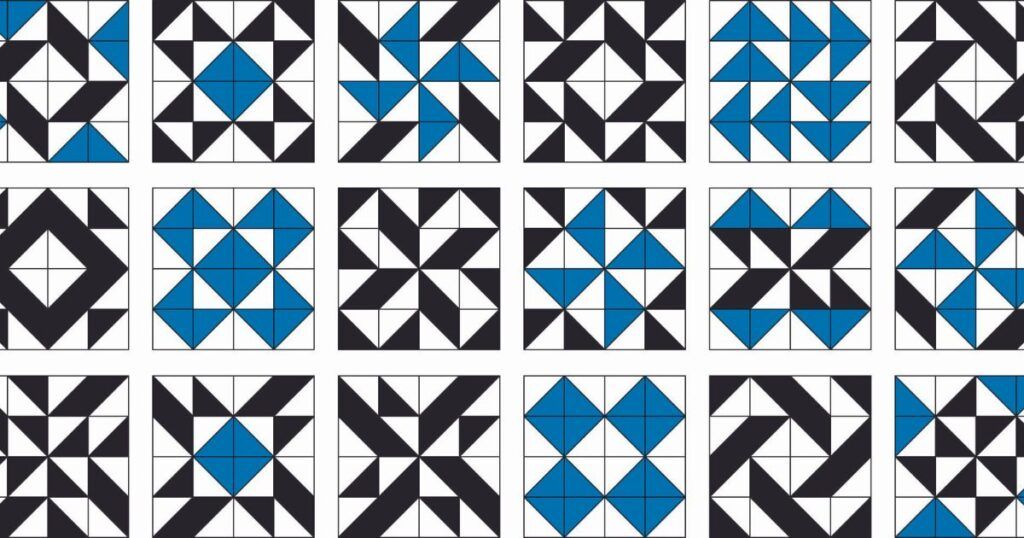
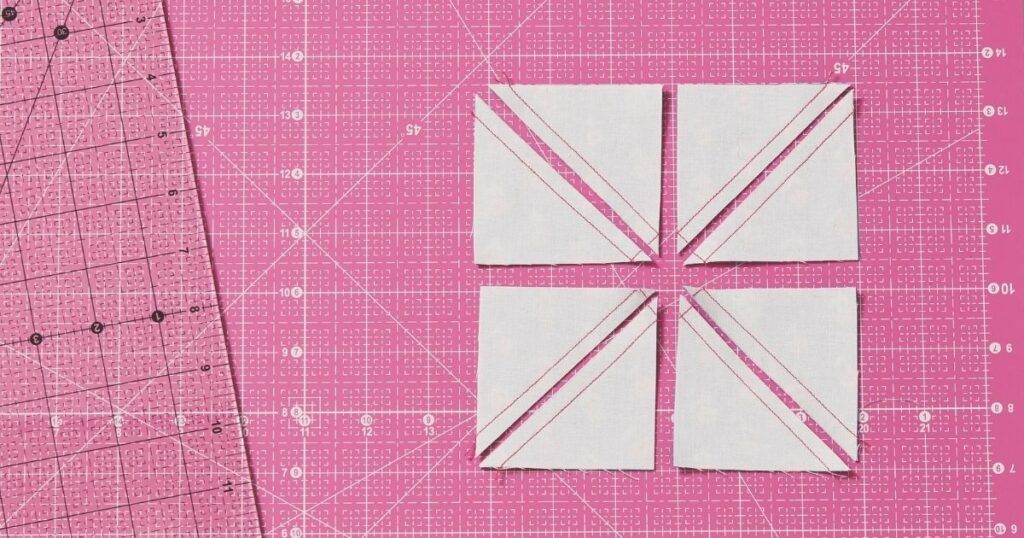
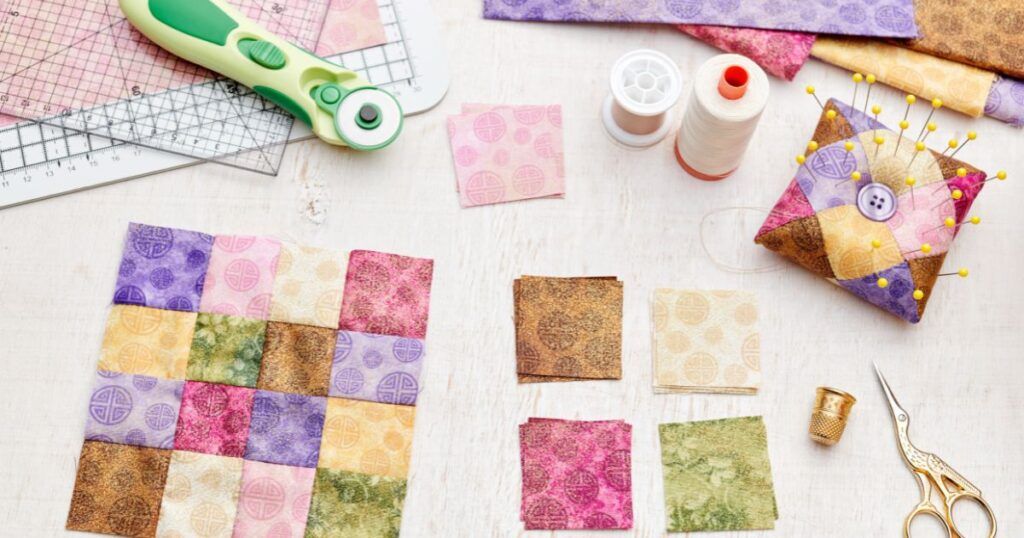
Join the Conversation!